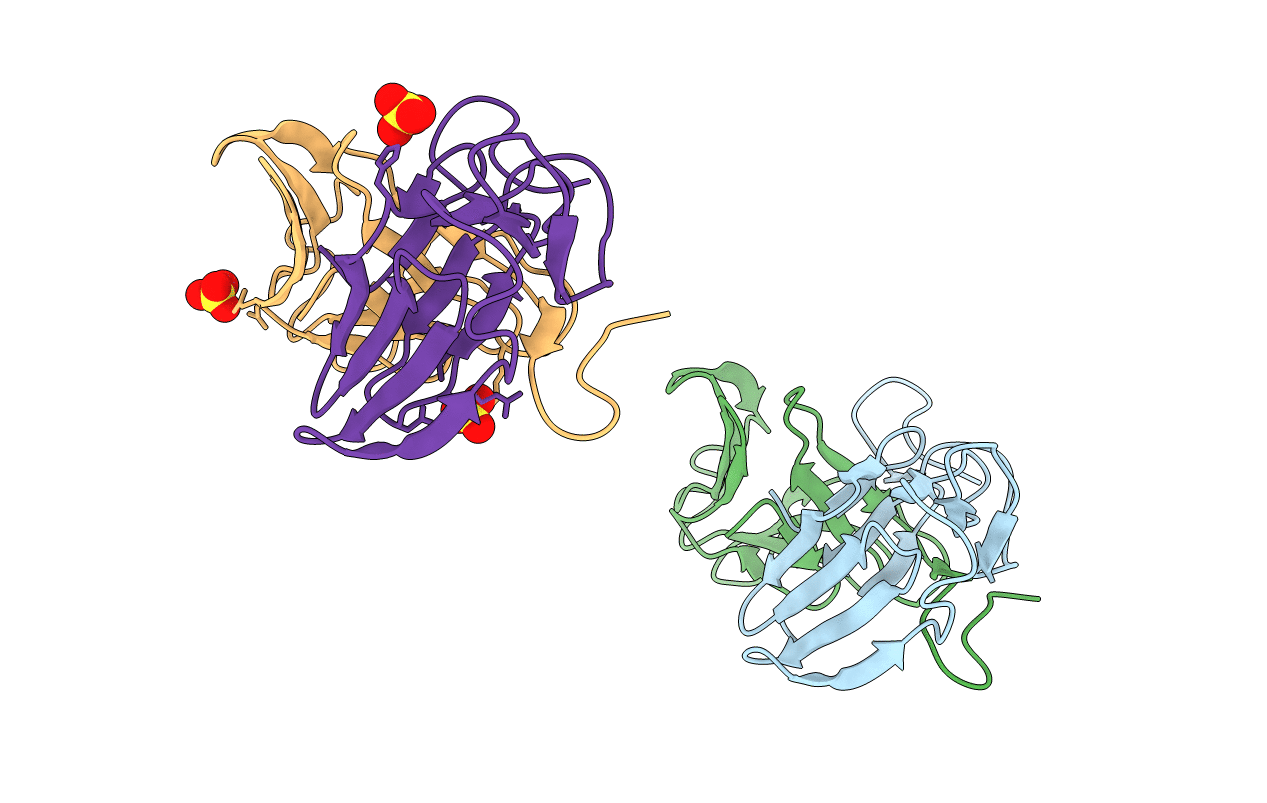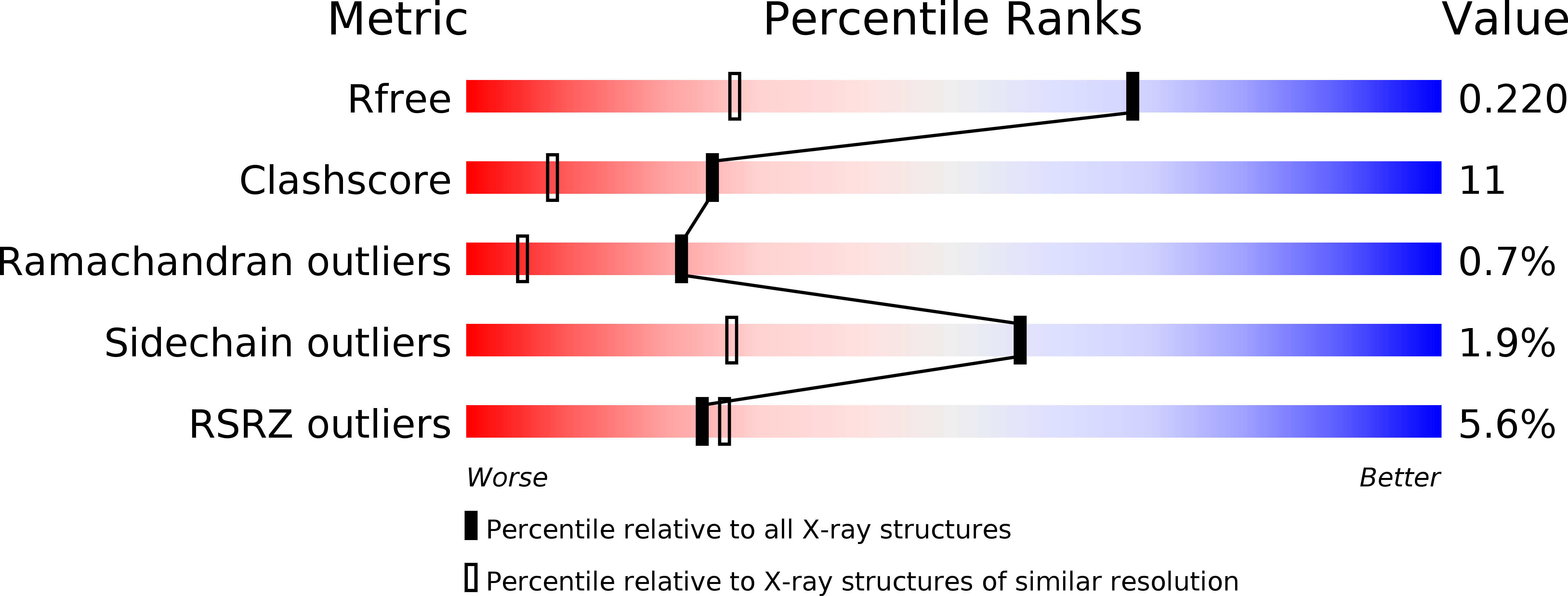
Deposition Date
2006-05-11
Release Date
2007-05-15
Last Version Date
2024-10-16
Entry Detail
Biological Source:
Source Organism:
Curculigo latifolia (Taxon ID: 4676)
Host Organism:
Method Details:
Experimental Method:
Resolution:
1.50 Å
R-Value Free:
0.25
R-Value Work:
0.22
R-Value Observed:
0.22
Space Group:
P 1 21 1


